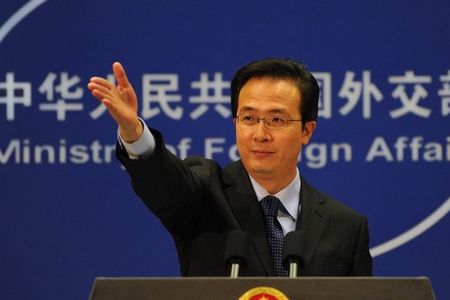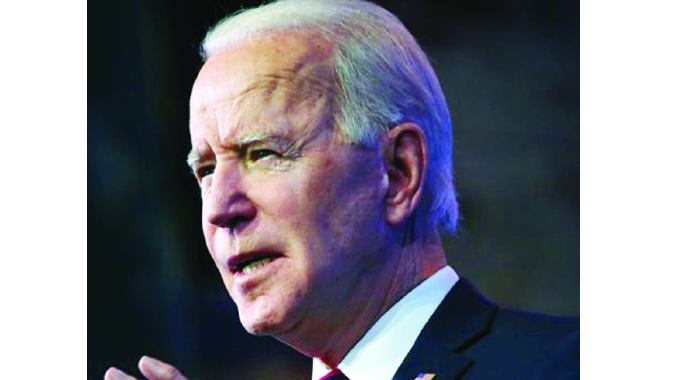China urges resumption of Korean Peninsula six-party talks

BEIJING/MOSCOW. – A senior Chinese diplomat on Wednesday called on all parties involved to make greater efforts for the resumption of six-party talks on the Korean Peninsula nuclear issue, the Chinese Foreign Ministry’s spokesman said yesterday.
The talks involve the United States, China, Russia, Japan and South Korea and have been stalled since 2009. Hong Lei told a routine Press briefing that Wu Dawei, China’s special representative for Korean Peninsula affairs, held talks with Glyn Davies, visiting US special representative for policy on the Democratic People’s Republic of Korea on Wednesday.
The two diplomats had an in-depth exchange of views on the Korean Peninsula nuclear issue and resumption of the six-party talks, Hong said.
Wu urged greater efforts for denuclearisation of the peninsula, maintaining peace and stability in the area as well as resolving related issues through dialogue and consultation so as to create conditions for the resumption of the six-party talks, according to the spokesman.
Wu noted that his talks with Davies were held close to the 10th anniversary of the first round of the six-party talks and the eighth anniversary of the September 19, 2005 joint statement, Hong said, adding that the two sides agreed to continue to maintain close communication on related issues.
The spokesman stressed that it is China’s consistent position to achieve denuclearisation on the peninsula and safeguard peace and stability of the peninsula and Northeast Asia.
Meanwhile, there were reports that the DPRK was “probably restarting” a nuclear reactor capable of making weapons-grade plutonium in a step that may provoke renewed tension in the region, a US institute claimed after analysing new satellite imagery.
Satellite photos taken on August 31 show steam rising from a reconstructed building near the reactor hall in Yongbyon, the reclusive Communist state’s main nuclear facility capable of yielding weapons-grade plutonium, the US-Korea Institute at Johns Hopkins University said on Wednesday.
“The white coloration and volume are consistent with steam being vented because the electrical generating system is about to come online, indicating that the reactor is in or nearing operation,” the Washington-based institute said. Heat from the nuclear reaction in the reactor’s core creates steam that then spins the turbines generating electricity, the institute said on its website. – Xinhua/RIA Novosti.







Comments